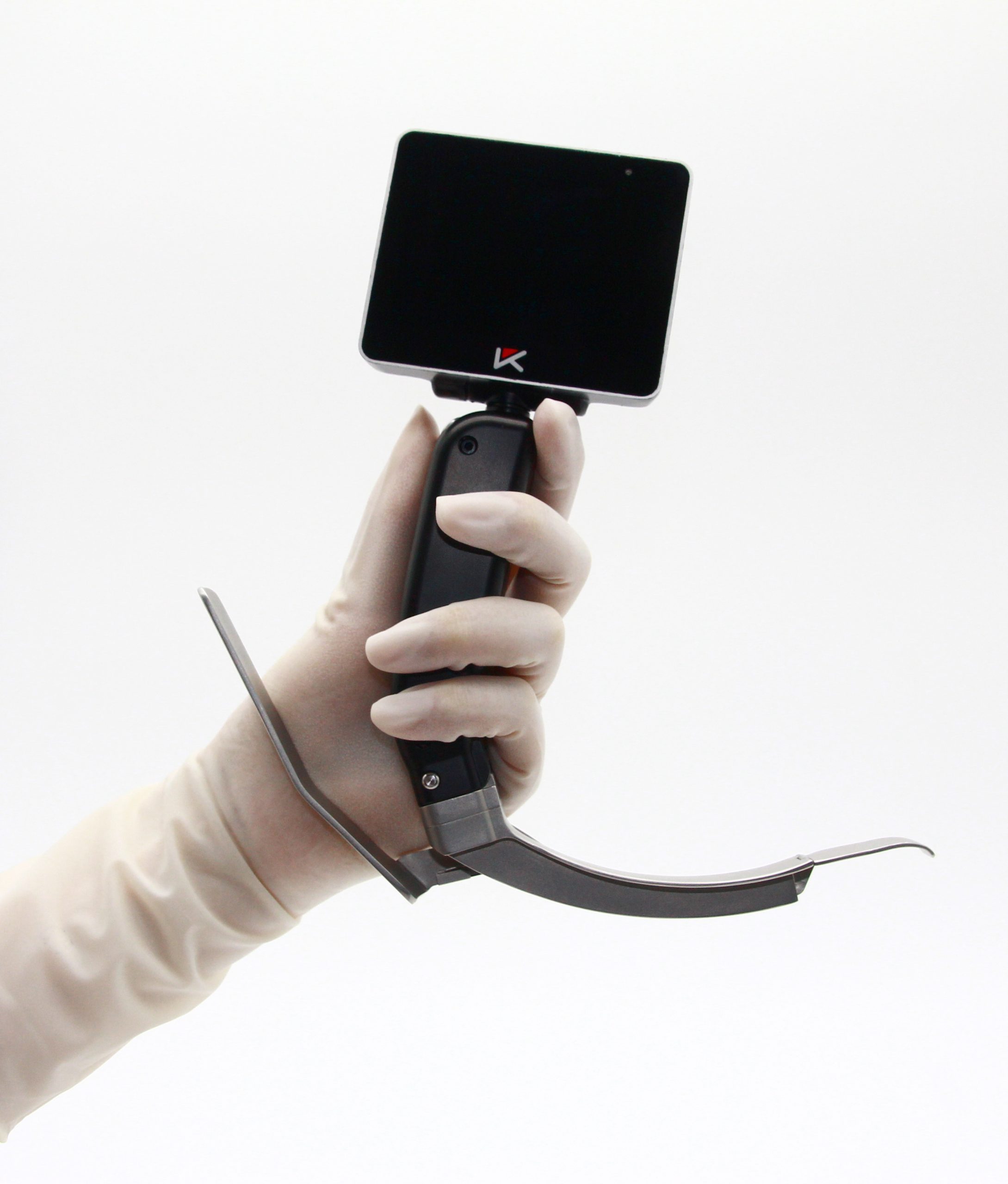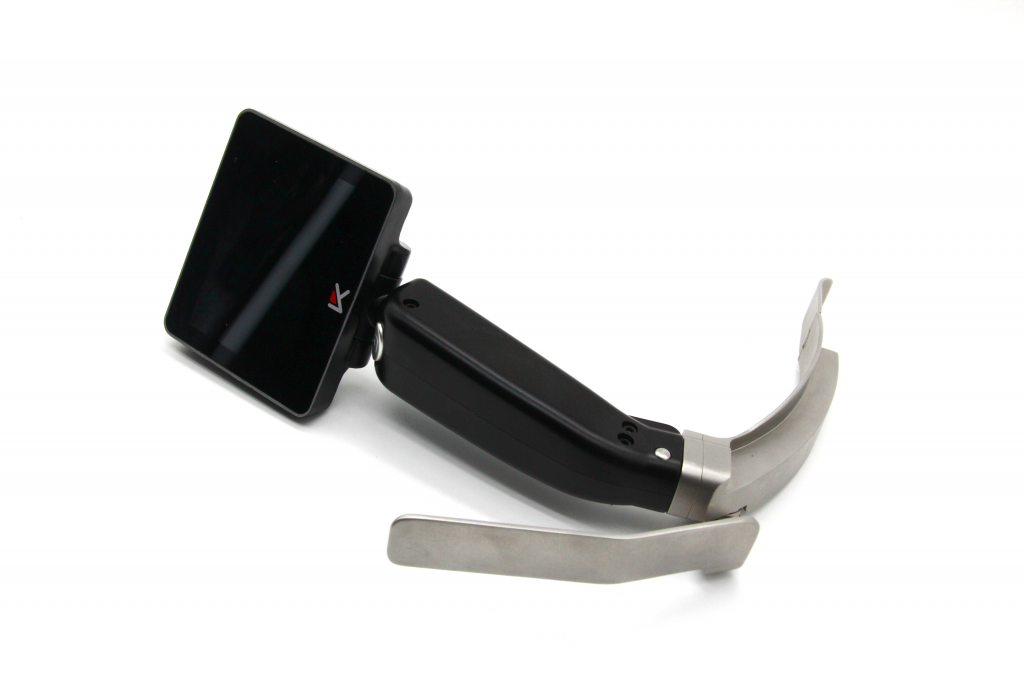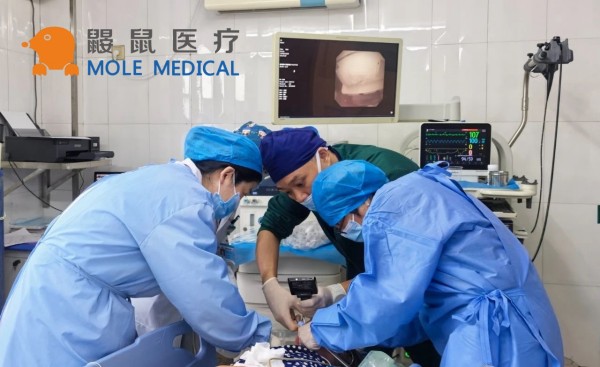Navigating Difficult Endotracheal Intubation Challenges
Dec 21, 2023
Difficult endotracheal intubation can present numerous challenges for healthcare professionals, jeopardizing patient safety and outcomes. As such, effectively managing difficult airways is of paramount importance. This article discusses advanced airway management techniques and strategies to navigate difficult endotracheal intubation scenarios.
Key Takeaways:
- Managing difficult airways is crucial for ensuring patient safety and optimal outcomes in endotracheal intubation procedures.
- Advanced airway management techniques, such as video laryngoscopy and the use of alternative intubation devices, can help overcome challenging intubation scenarios.
- Understanding the factors and circumstances that contribute to difficult intubation, as well as troubleshooting strategies, can minimize potential risks and ensure success rates.
- Healthcare professionals should continuously update their skills and knowledge through education and training to effectively manage difficult endotracheal intubation.
Understanding Difficult Endotracheal Intubation
When it comes to endotracheal intubation, there are numerous factors that can make the process challenging. Anatomical variations, limited visibility, and potential complications are just a few of the many issues that healthcare professionals may encounter while attempting to intubate.
One of the most significant challenges is identifying and managing difficult intubation complications. The use of challenging intubation techniques may be necessary to overcome these obstacles, but can also pose its own risks and complications.
It is crucial for healthcare providers to be aware of these potential complications and develop strategies to manage them effectively. By understanding the complexities and challenges surrounding difficult endotracheal intubation, healthcare providers can take a proactive approach to optimize patient safety and outcomes.
Strategies for Managing Difficult Intubation

Managing difficult intubation scenarios requires effective strategies and techniques to overcome challenges. Healthcare professionals employ different innovative approaches to ensure successful intubation in patients with difficult airways. Video laryngoscopy is one such approach that involves using a video camera attached to the laryngoscope to improve visibility and enhance intubation. In some cases, bronchoscopy can be used to assess the airway anatomy and plan alternative intubation methods.
Alternative intubation devices such as the lighted stylet or intubating stylet can be used to guide intubation through the vocal cords, while supraglottic airway devices can be used as a rescue method in difficult airway scenarios. Additionally, cricothyroidotomy can be an effective alternative when all other intubation techniques fail.
Despite these strategies and techniques, patient safety is the priority in managing difficult intubation. The healthcare team should be equipped with the necessary skills and knowledge to recognize and manage difficult airway scenarios effectively. Continuous education and training are vital in optimizing airway management and improving patient outcomes.
Advanced Airway Management Techniques
In cases of difficult endotracheal intubation, advanced airway management techniques are crucial to secure the airway and ensure proper ventilation.
Supraglottic airway devices such as the laryngeal mask airway (LMA) and the i-gel can be used as an alternative to traditional intubation methods. These devices do not require direct visualization of the vocal cords and can be inserted blindly or with the aid of a fiberoptic bronchoscope for more precision.
Cricothyroidotomy is a surgical airway technique that involves making an incision in the skin and cricothyroid membrane to access the airway. This method is typically reserved for cases where other methods have failed or are not feasible, and should be performed by an experienced healthcare professional.
Other alternative methods include retrograde intubation and the use of lighted stylets, which can improve visualization of the airway and facilitate intubation in difficult airway scenarios.
By utilizing advanced airway management techniques, healthcare professionals can effectively manage difficult airway scenarios and provide optimal patient care.
Troubleshooting Difficult Intubation
Difficult intubation management requires a careful approach to ensure patient safety and reduce potential complications. Troubleshooting difficult intubation scenarios can be challenging but implementing best practices can increase the chances of success. One key strategy is to have backup plans in place, such as alternative intubation devices or supraglottic airway devices. It may also be necessary to change the patient’s position to achieve optimal intubation conditions.
During the intubation process, it’s important to closely monitor vital signs and oxygen saturation levels to detect any changes that may require intervention. Additionally, proper use of lighting and appropriate suctioning techniques can help minimize complications and improve visibility. In some cases, it may be necessary to involve a specialist or an anesthesiologist who is experienced in managing difficult airways.
Overall, troubleshooting difficult intubation requires a systematic, step-by-step approach that considers the patient’s unique situation and implements advanced airway management techniques. By following best practices and seeking expert advice when necessary, healthcare professionals can increase their confidence in managing difficult intubation scenarios and improve patient outcomes.
Conclusion
In conclusion, navigating difficult endotracheal intubation challenges is crucial for ensuring patient safety and optimal outcomes. By understanding the factors that contribute to challenging intubation scenarios and employing effective strategies for managing difficult airways, healthcare professionals can improve success rates and minimize potential risks.
Advanced airway management techniques such as videolaryngoscopy, bronchoscopy, and supraglottic airway devices can be invaluable in cases of difficult endotracheal intubation. Additionally, troubleshooting strategies such as optimizing patient positioning and employing alternative intubation devices can help overcome challenges encountered during the process.
It is essential for healthcare professionals to receive continuous education and training in advanced airway management techniques and strategies for managing difficult intubation scenarios. By doing so, they can provide optimal care for patients with challenging airways and improve patient outcomes.
Categories
Latest Articles

Disposable Nephroscopes: Redefining Safety & Efficiency in Urology
Introduction The shift towards minimally invasive urological surgery has found a pivotal ally: the disposable nephroscope. As traditional reusable scopes grapple with persistent biofilm contamination risks and soaring sterilization costs, the global medical community is rapidly adopting single-use solutions. This article analyzes the clinical value, technological evolution, and dynamic innovation landscape driving this transformative shift. ... Read more

Disposable Video Laryngoscope Blades: The Ultimate Solution for Preventing Cross-Contamination
In the operating room, as the cold light of a video laryngoscope illuminates a patient’s airway, an age-old medical challenge is being redefined: How can life-saving instruments avoid becoming vectors of infection? Jiangsu MoleMedical drives an innovative safety revolution—replacing reusable devices with single-use, sterile laryngoscope blades that create a pure barrier for critical airways. Traditional video ... Read more
-2.jpg)
FDA & CE Approved Video Laryngoscope: What Makes It Stand Out?
Introduction In high-pressure emergencies and precision-driven operating rooms, video laryngoscopy is revolutionizing airway management. Mole Medical’s FDA and CE-certified technology replaces tactile-dependent “blind intubation” with real-time visual navigation – enhancing safety, accuracy, and clinical outcomes worldwide. Why Certification Matters Mole Medical’s dual certifications validate its global compliance and performance: FDA Clearance: Rigorous validation of safety/efficacy ... Read more

Mole Medical Showcases Advanced Endoscopy Solutions at CMEF Autumn 2025, Driving Global Partnerships
Guangzhou, China – September 26-29, 2025 – The 92nd China International Medical Equipment Fair (CMEF Autumn) concluded successfully on September 29th at the Canton Fair Complex in Guangzhou. Mole Medical Technology Co., Ltd. (Mole Medical) made a significant impact at the event, drawing global medical professionals and partners to its booth (Hall 2.1, Stand Q24) ... Read more

How to Use Disposable Ureteroscopes Safely and Efficiently
In the field of urology, the application of disposable electronic ureteral-kidney pelvis endoscopy catheters is leading the technological innovation in minimally invasive surgeries. According to the 2024 multi-center research data from China’s urology department, among the over 5,000 surgeries included, the patient group using disposable catheters performed significantly better in key indicators such as operation ... Read more



